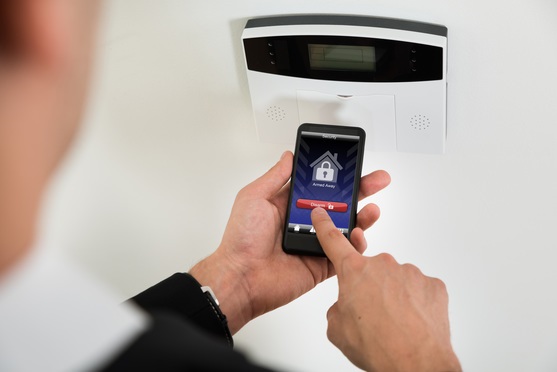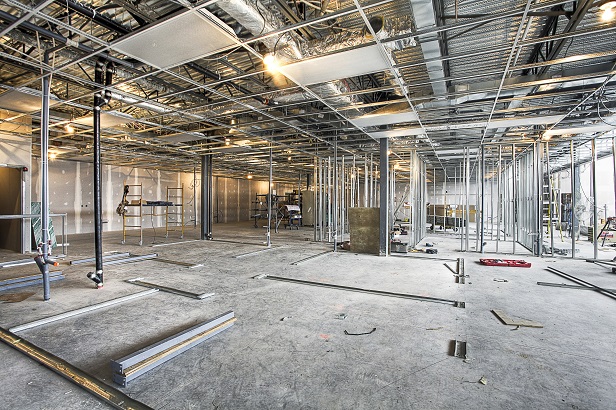The COVID-19 pandemic is fueling new safety-minded changes in construction design, according to a developer of office, industrial and multifamily projects.
Matt Khourie, CEO of Trammell Crow Co. said on a recent episode of CBRE's podcast, The Weekly Take, that tenants are looking for "a healthier building" as they look to increase physical distancing and decrease shared contact surfaces.
In one current downtown Seattle project, builders are including a 100% outside-air ventilation system as well as a return-air area that uses ultraviolet lights to kill pathogens, Khourie said.
Recommended For You
Want to continue reading?
Become a Free ALM Digital Reader.
Once you are an ALM Digital Member, you’ll receive:
- Breaking commercial real estate news and analysis, on-site and via our newsletters and custom alerts
- Educational webcasts, white papers, and ebooks from industry thought leaders
- Critical coverage of the property casualty insurance and financial advisory markets on our other ALM sites, PropertyCasualty360 and ThinkAdvisor
Already have an account? Sign In Now
*May exclude premium content






